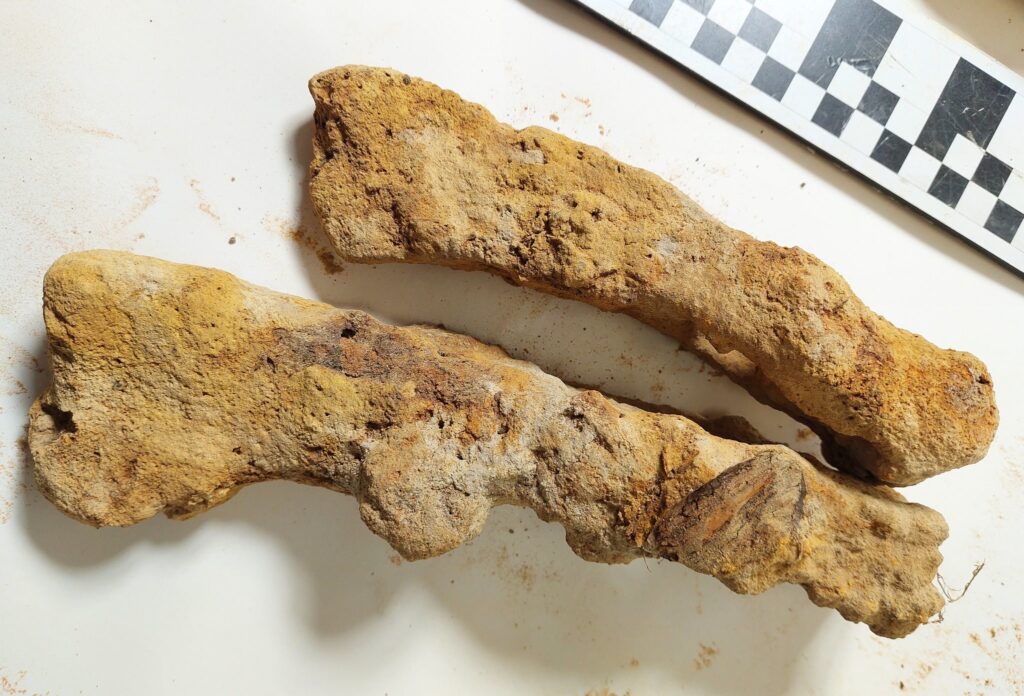Fifteen iron barbarian weapons have been found in a forest in eastern Poland, possibly belonging to barbarian tribes during the Roman Empire. Described as “sensational” by the local museum, the finds include spearheads, axes and three as yet unidentified objects.
The items were found in a swampy area of a forest near the town of Hrubieszów. At first, it was difficult to determine what the objects were because of the very heavy corrosion mixed with sand and mud and covering the metal.
“We safely packed several kilograms of misshapen muddy corroded iron and took it out of the forest to clean and determine the nature of the find,” local conservative of monuments Dariusz Kopciowski said in a statement, NFP reported.
The group that found the items immediately realized that they were of archaeological nature after they started cleaning them and contacted the municipal museum in Hrubieszów.
“They are most likely weapons used by barbarian tribes during the Roman Empire, perhaps belonging to the Przeworsk culture,” the museum said in a statement.



This is the name given to an Iron Age culture that lived in what is now Poland between the third century BC and the fifth century AD. It is named after the Polish town of Przeworsk, where the first artifacts from this culture were found. Its people lived in small, unprotected villages of a few houses, often partially submerged below ground level (semi-submerged), with a maximum of a few dozen inhabitants each.
“This is undoubtedly a very interesting discovery,” the museum said, noting that there are no known archaeological sites in the area where the discovery was made.
Given the number of fragments found together and the absence of bone or pottery shards nearby, “everything suggests that someone deliberately collected these fragments, put them in a bag or other container and then dumped them in the swamp.”
Now the fifteen weapons found in the forest will be further analyzed and a more precise estimate of their age and origin will be determined. Researchers plan to conduct a more detailed survey of the area where the weapons were found in the spring.
